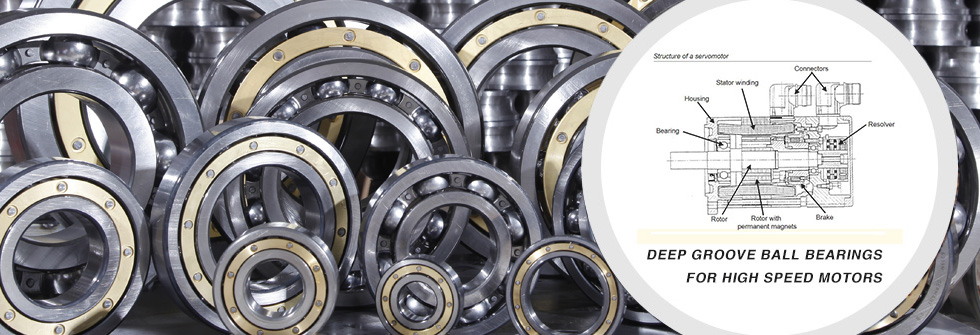Common reasons for Bearing Failure
2015-10-19There are a great deal of causes for bearing failures, ranging from improper lubrication to excessive loads to contamination and corrosion. When you have a business to run and jobs that need to get done, you don’t have time for bearing failures. All bearings must be properly installed, lubricated, and maintained to keep in well working order. To avoid the issue of bearing failure, you must first understand what causes bearing failures, what the most common types of bearing failures are, and what these will result in. Let’s take a closer look into what can go wrong when it comes to bearings. The most common cause of bearing failures, which amounts to about 55%, is inadequate lubrication. This includes insufficient lubrication, unsuitable lubrication, as well as aged lubrication. There are four different levels of bearing damage due to inadequate lubrication.
1.Level one is discoloration, which is primarily due to elevated operating temperatures. The high temperatures result in discoloration of the races and the rollers. In less severe cases, the discoloration stains the bearing surfaces, in more serious cases, the metal is discolored due to high heat.
2.Level two, scoring and peeling, is a result of complete lack of lubrication, selecting the incorrect lubrication, or sudden changes in running conditions. On the most basic level, peeling results from thin lubrication film due to high loads or low revolutions per minute (RPM) or elevated temperatures. At more advanced levels, advanced rib scoring is due to inadequate lubrication film.
3.Level three, excessive roller heat end results from scoring at the large end of rollers. Often times, this can be attributed to metal to metal contact, which is caused by improper or inadequate lubricant film.
4.Level four of inadequate lubrication is known as total bearing lockup. In this case, bearings will skew, slide sideways and lockup the bearing. Excessive heat generation will cause these deformations in the bearing, possibly resulting in complete seizure of the bearing.
While there are many results of improper lubrication, in addition to those explained above, corrosion and wear should be discussed. The best way to identify corrosion is through reddish brown discoloration on balls, raceways, cages, or bands of ball bearings. The usual result is increased vibration, which is then followed by wear. In extreme cases, corrosion can initiate early fatigue failures. This can be avoided by keeping corrosive liquids away from bearing areas, and to use sealed bearings whenever possible. Another major cause of failures can be attributed to poor operating environments, like moist or contaminated areas. These improper handling practices invite premature bearing failure, as opposed to long lasting bearings. Clean work areas, clean tools, and clean hands will reduce bearing contamination failures. Examining the cause of each bearing failure will better educate you on what factors have gone wrong, allowing you to make the correct adjustments.











